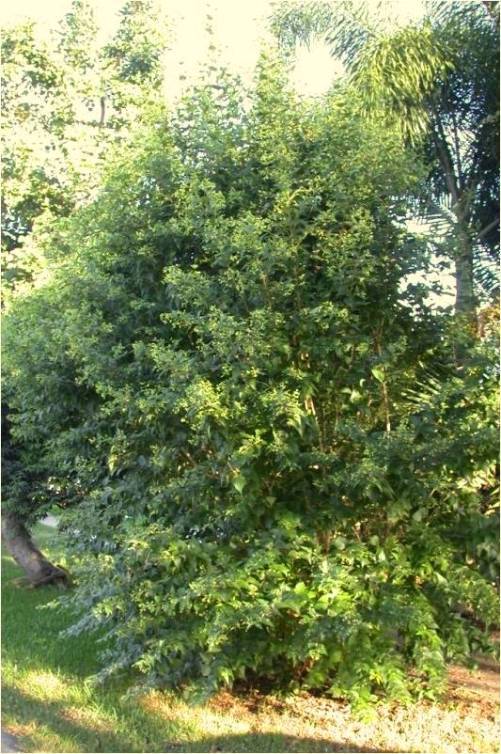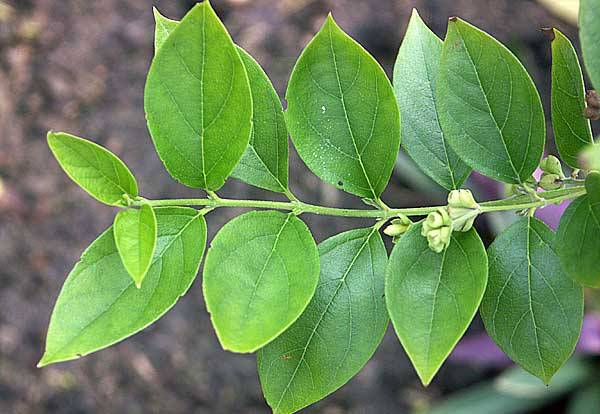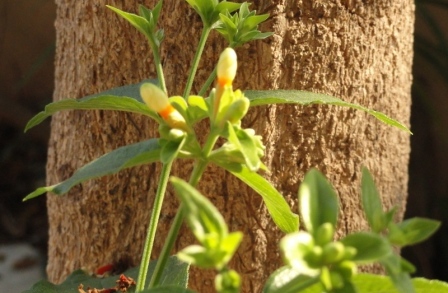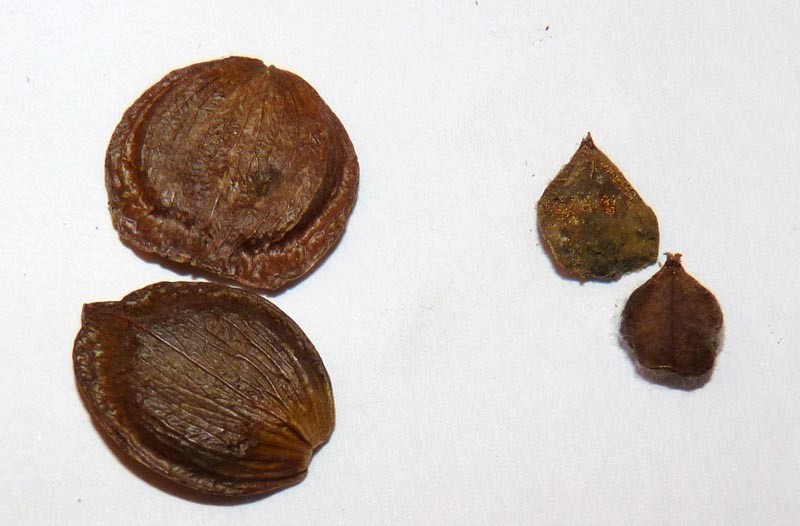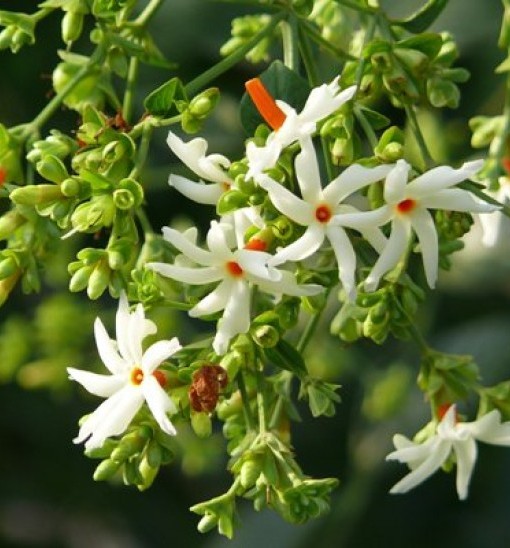Night Jasmine
Nyctanthes arbor-tristis
Description
General Information :
- Coral jasmine is a large shrub or small tree with spreading branches, growing up to 10 metres tall
- The flowers are fragrant, with a five- to eight-lobed white corolla with an orange-red centre.
- The fruit is a flat brown heart-shaped to round capsule 2 cm, with two sections each containing a single seed.
- The bark contains a glycoside and alkaloids, suspected of being poisonous to animals and humans.
Distribution :
- Indigenous (native to India).
Habitat : Along the sides of rivers and in swampy areas at elevations below 500 metres
Soil : Soil - fertile and having good drainage
Altitude :1500 m
Rainfall :It grows well in avarage rainfall area
Temperature : 12 - 18 °C
Terrain : Plain/hilly
Tree Characteristics :
- The plant tolerates moderate shade.
Habit : Deciduous tree
Planting Guidelines
Natural Regeneration :
- Naturally regenerated by seeds.
Artificial Regeneration :
- Artificial reproduction is common by Nursery raised seedlings.
Seed collection and Storage :
- Flowering and fruiting: March-May.
- Pods are then dried in the sun and broken to extract the seeds and stored in gunny bags.
Seed Treatment :
- Hot water treatment in 24 hours.
Nursery Technique :
- Seeds can be sown in semi-shade, either in nursery beds or in individual containers. When fresh seed is used, a germination rate in excess of 80% usually occurs within 8 - 15 days.
- Seedlings should be placed in individual containers by the time they are 6 - 10cm tall, and are ready to plant out when 7 months old.
Plantation technique :
- Dig pits of 30 cm3.
- Fill up the pits with top soil mixed with 10 Kg of FYM and 1 Kg of Neem cake per pit.
- The seedlings are generally planted in pits having the size of 30x30x30 cm. The most common spacing adopted for plantation is 5m x 5m. On road sides, deeper pits of the size of 45 x 45 x 45 cm are preferred.
Care & Disease Control :
- In early stages weeding is necessary. In second year, soil working is important.
Major uses :
- A saffron-yellow dye obtained from the flowers is used for colouring food.
- The bitter leaves are useful as a cholagogue, laxative, diaphoretic and diuretic. An extract is given to children for the expulsion of roundworms and threadworms
- The bright orange corolla tubes of the flowers contain a saffron-yellow colouring matter, which was formerly used for dyeing silk.
- The bark may be used as a tanning material.
- The brown wood is moderately hard, fairly heavy and close-grained. It is sometimes used for boarding.
- The wood is sometimes used as firewood.
- Coral jasmine is sometimes planted in hedges.


